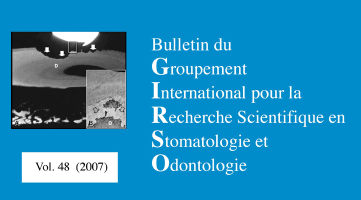Tuberous sclerosis: literature review and case report
Abstract
Tuberous sclerosis (TS) or Bourneville’s disease is a rare, multisystemic genetic disorder. It involves alterations to ectodermal and mesodermal cell differentiation and proliferation, causing benign hamartomatous tumors, neurofibromas and angiofibromas in the brain and other vital organs including the kidney, heart, eyes, lungs, skin and mucosa. It also affects the central nervous system and produces neurological dysfunctions such as seizures, mental retardation and behavior disorders. Tuberous (rootshaped) growths develop in the brain, and calcify over time, becoming hard and sclerotic, hence the name given to the disease. Although inheritance is autosomal dominant, 60-70% of cases occur through spontaneous mutations. The disease is related to some mutations or alterations in two genes, named TSC1 and TSC2. Discovered in 1997, TSC1 is located on chromosome 9q34 and produces a protein called hamartin. TSC2, discovered in 1993, is located on chromosome 16p13 and produces a protein called tuberin. The prevalence of the disease is 1/6000-10,000 live newborns, and it is estimated that there are 1-2 million sufferers worldwide. This paper presents a literature review and a family case report of a mother and two of her daughters with oral features of TS.Downloads
Published
Issue
Section
License
I hereby certify that the authors of the above manuscript have all:
1. Conceived, planned, and performed the work leading to the report, or interpreted the evidence presented, or both;
2. Written the report or reviewed successive versions and shared in their revisions; and
3. Approved the final version.
Further, I certify that:
1. This work has not been published elsewhere and is not under revision in another journal;
2. Humane procedures have been followed in the treatment of experimental animals (if applicable);
3. Investigations in humans was done in accordance with the ethical standards of the responsible committee on human experimentation or with the Helsinki Declaration (if applicable).
4. This paper has been carefully read by a native English speaker who is familiar with the field of work (this applies to authors who are not fluent in English); and
5. The copyright of the article is transferred from the authors to the Bulletin du Groupement International pour la Recherche Scientifique en Stomatologie et Odontologie upon acceptance of the manuscript.



